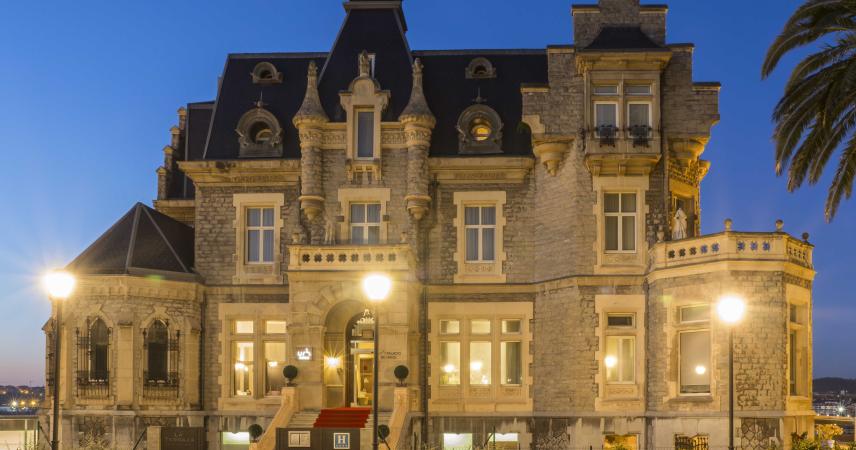Throughout the second half of the 19th century the bourgeoisie experienced rapid enrichment due to the exploitation of iron ore and the subsequent development of the Biscayan steel industry. These Nouveau Riches will reject architectural models inspired by neoclassicism, since they were too closely linked to the traditional landlord aristocracy and clearly represented the socio-political model they had overthrown. That is why the new industrial and commercial bourgeoisie in Biscay set its sights on the models that were being enshrined in those European countries that had already experienced the Industrial Revolution. For all of them, the France of the Second Empire and Victorian England would provide the first models at least until the second decade of the 20th century. From then on, the neo-Basque and neo-Mountain styles would monopolize the tastes of the industrial classes. At this time, the wealthiest inhabitants of Bilbao were looking for new places to locate their residences. Thus Portugalete, Santurtzi and especially Getxo, will be configured as the most demanded nuclei by a bourgeoisie that looks for a form of social differentiation in tranquility and proximity to the sea.
In this context, in Santurtzi, known since then as "beautiful village", we find the residence of the Oriol-Urquijo family, the last residence of its kind that has been preserved on the banks of the Nervión.
The palace of Oriol was built between 1902 and 1903 by the architect Severino Achucarro, who designed a magnificent mansion with a clear eclectic style, influenced by the romanticism and the English style on the plot of land that D. Lucas de Oriol y Urquijo had in the place called Campo - Grande. Achucarro designed a multistorey building that was clearly manorial, in which the severe stone exterior contrasted with a luxurious interior. After many years of neglect it was rehabilitated and refurbished as a hotel.

